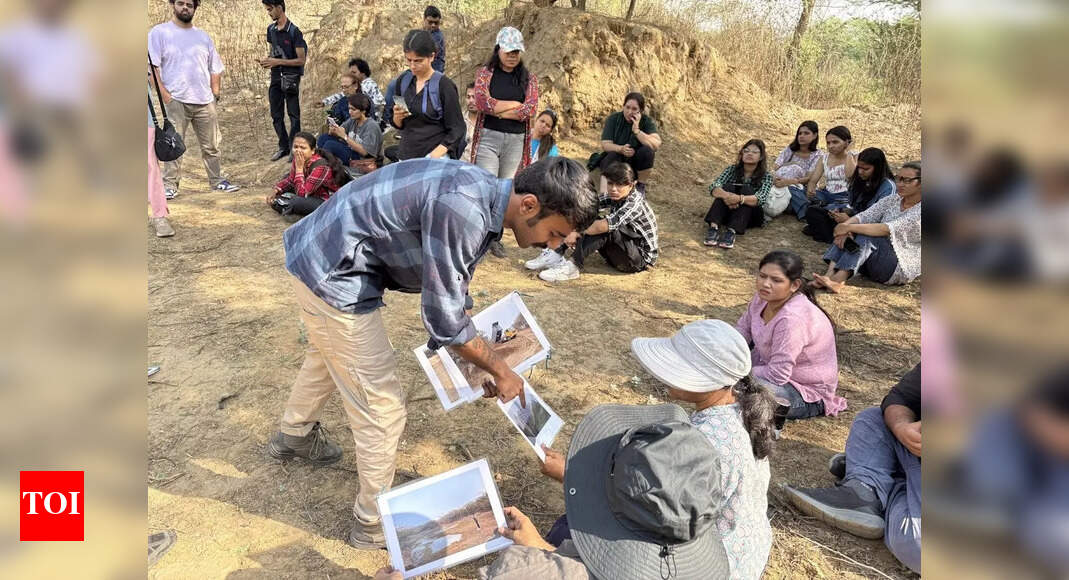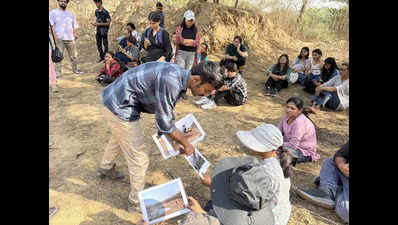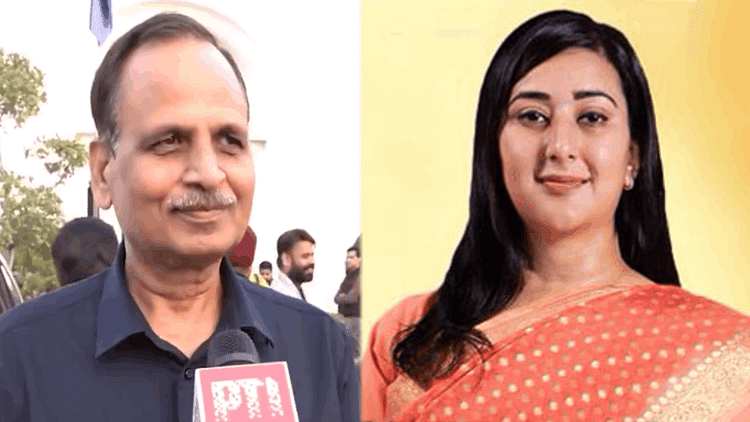On Sunday morning, over 30 citizens—including birders, local residents, and environmental activists—joined a birdwatching walk in Delhi’s embattled Dwarka Forest, led by Greenpeace India and the Save Dwarka Forest campaign. The walk was organised to draw attention to the growing impact of heatwaves on urban biodiversity and the urgent need to protect green spaces in the capital.
Dwarka Forest, a 120-acre self-grown green patch near the Sahibi river and Najafgarh Lake route, hosts hundreds of bird species—including migratory ones—but is currently facing deforestation, encroachments, and waste dumping. Despite a partial stay by the Supreme Court in September 2024, environmental violations continue. The forest, though not officially classified, qualifies as a deemed forest under ecological assessments and has served as a vital urban lung, buffering the city against pollution and heat.
“Today’s walk reminded us that we’re not the only citizens on this planet—there are so many other vital residents we often overlook. In a city like Delhi, where temperatures now soar past 45°C, urban green spaces act as natural air-conditioners. Dwarka Forest is a ‘novel ecosystem’—a thriving biodiversity hub right next to human settlements. Protecting such spaces is not just about saving one species; it’s about the well-being of the entire planet. I deeply appreciate Greenpeace for recognising this fight. As heat and water scarcity worsen, these nearby ecosystems must be prioritised urgently—both in policy and in practice,” said Ajay Joshi, environmentalist and part of Save Dwarka Forest campaign.
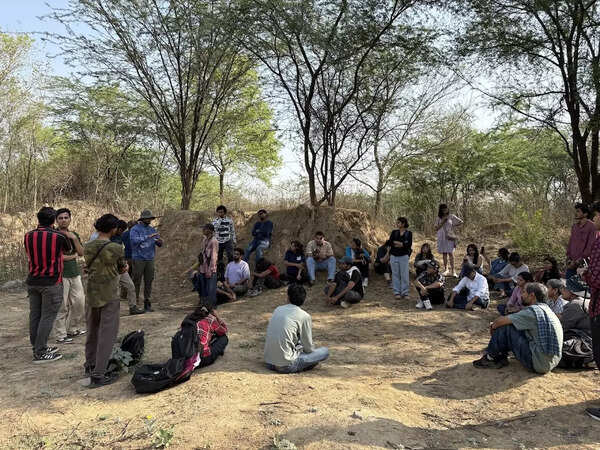
‘Protecting such spaces is not just about saving one species; it’s about the well-being of the entire planet’
“The walk reminded us that we’re not the only citizens on this planet—there are so many other vital residents we often overlook. In a city like Delhi, where temperatures now soar past 45°C, urban green spaces act as natural air-conditioners. Dwarka Forest is a ‘novel ecosystem’—a thriving biodiversity hub right next to human settlements. Protecting such spaces is not just about saving one species; it’s about the well-being of the entire planet. I deeply appreciate Greenpeace for recognising this fight. As heat and water scarcity worsen, these nearby ecosystems must be prioritised urgently—both in policy and in practice,” said Ajay Joshi, environmentalist and part of Save Dwarka Forest campaign.
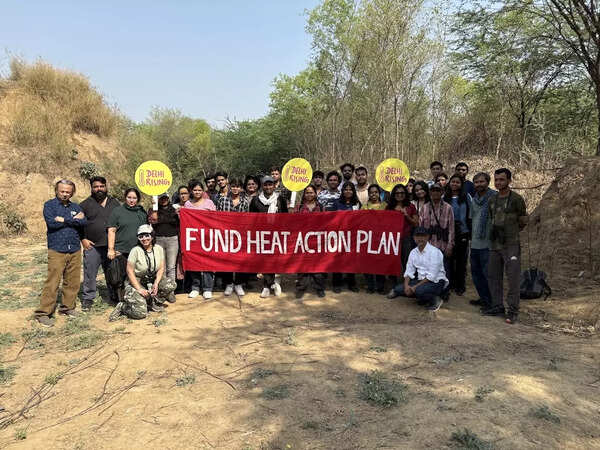
Delhi Rising is a climate justice campaign that is calling for the recognition of heatwaves as a national disaster under the Disaster Management Act
“Heatwaves are not just weather events—they are silent disasters killing people, animals, and biodiversity. Protecting Delhi NCR’s environment, forests, wetlands, and biodiversity is vital for clean air, water security, and climate resilience. Natural assets like Dwarka Forest shield us from pollution, sustain wildlife, and balance urban growth. Saving them today ensures a livable, healthier tomorrow for millions. Nature’s survival is directly linked to our own,” said Tanuja, Greenpeace India Volunteer leader.
The bird-watching event was a public engagement initiative under Greenpeace India’s Delhi Rising, a climate justice campaign that is calling for the recognition of heatwaves as a national disaster under the Disaster Management Act. The campaign demands legal backing for Heat Action Plans, protection for outdoor workers, and immediate investments in natural and sustainable cooling infrastructure—like forests, parks, and wetlands.






